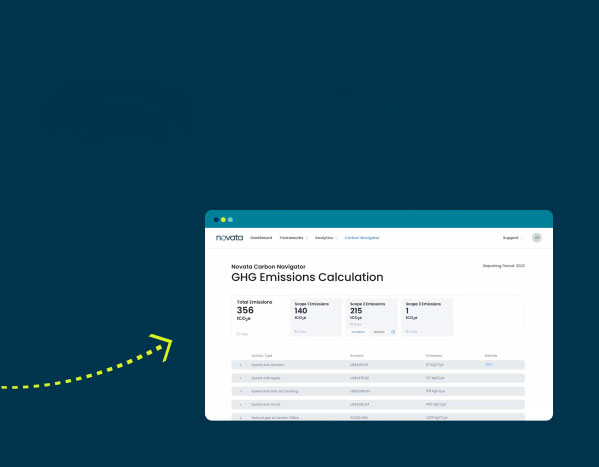The Corporate Sustainability Reporting Directive (CSRD) is one of the most in-depth and far-reaching ESG regulations in the EU. A key part of the European Commission’s efforts to increase capital flows into sustainable investments, the regulation will require over 60,000 EU and non-EU companies to disclose ESG information in a standardized and comparable way.
The first group of companies within scope of the CSRD will have to apply the new rules for their 2024 financial year, for reports to be published in 2025. As companies prepare to report, here are three key considerations to help streamline the process.
1. Understanding the Resources Required for Compliance
CSRD reporting is a resource-intensive exercise that requires companies to identify, collect and analyze data from a variety of sources, including internal systems, external databases, and third-party providers. The regulation requires companies to report and verify 82 annual sustainability disclosures, including greenhouse gas emissions, gender pay differences, and human rights issues, among others.
Companies will also need to complete a double materiality assessment to determine the impacts, risks, and opportunities of business activities on environmental and social matters, in addition to how these issues affect the business beyond financial impact. The double materiality itself requires preparation in order to understand the likely business impacts and the stakeholders that need to be engaged during the process. Ensuring compliance will require significant resource investment from companies to source information, establish processes, and ensure the accuracy of data.
2. Collecting Data Across Value Chains
In addition to disclosing material ESG impacts, the CSRD also requires companies to disclose the impacts, risks, and opportunities connected to their upstream and downstream value chains. For companies preparing to report, this expands the reach of the CSRD to include companies that may not otherwise be required to report under the CSRD.
Importantly, the CSRD aligns with several other frameworks, standards, and regulations at European and international levels (read more about the CSRD’s connection with other EU regulations), which could reduce the burden of reporting if mapped accordingly. Companies can undertake an ESRS readiness exercise with Novata to determine what information they already have available from other frameworks and the likely level of uplift required for double materiality assessments and data collection.
3. Planning for the Costs of Reporting
The complexity of the regulation underscores the need for robust reporting systems and expertise to navigate the requirements — all of which can mean additional costs to ensure compliance. Many companies within scope of the CSRD will need to establish data management systems, in addition to resourcing, legal advisory, and assurance. According to estimates from the European Financial Reporting Advisory Group (EFRAG), administrative costs to support alignment can range from 0.004% to 0.008% of a company’s annual revenue.
Preparing for CSRD Reporting
The granularity of CSRD disclosures signals a new level of granularity to ESG reporting and a higher scrutiny of data as a result. To prepare to report, companies should establish processes for collecting accurate audit-ready ESG data.
Keeping in mind that many companies may be collecting this data for the first time, investing in a technology solution can help ease the reporting burden by providing guidance and streamlining the process. Novata can help companies collect and manage ESG data more efficiently, calculate the required data in-platform, and provide additional support to ensure CSRD compliance.
To learn more about CSRD reporting, read our CSRD Simplified eBook. Not sure if you’re required to report? Take our assessment to find out.






